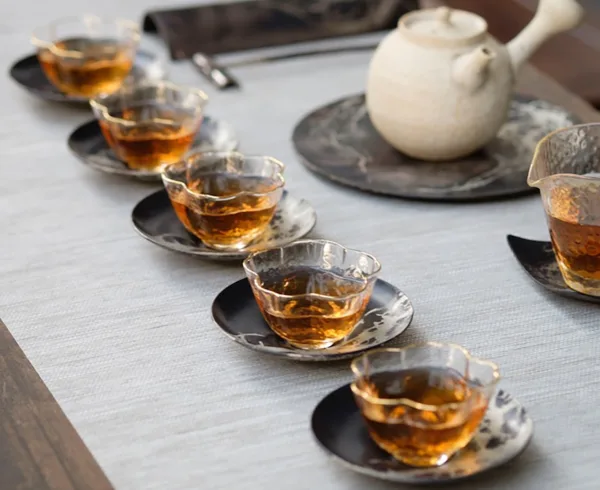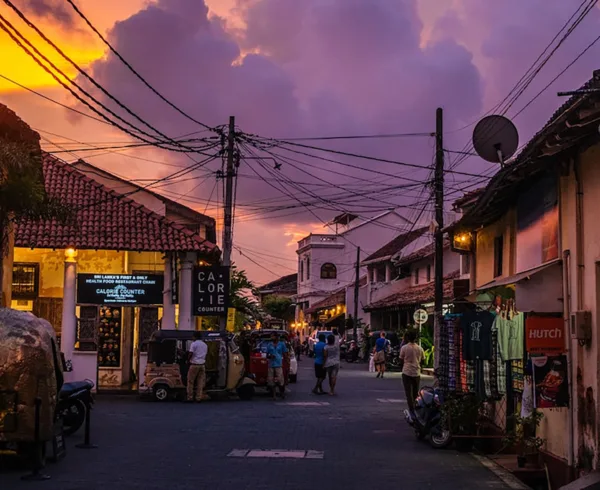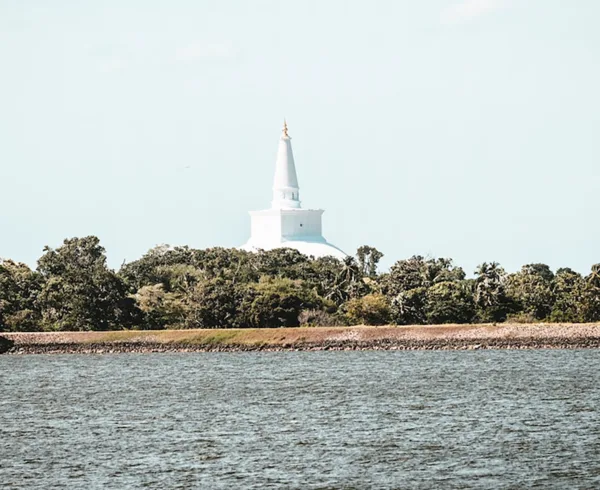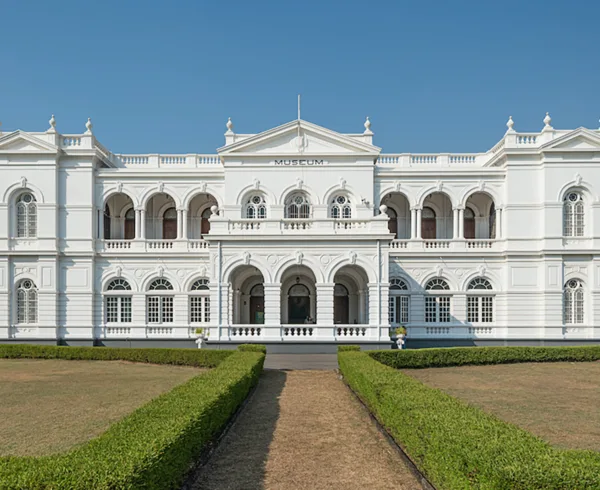If you have some time to spend in Colombo while visiting Sri Lanka, may we recommend that you explore the historical locations in this city. Including, but not limited to local museums. So take a trip along the historical pathways of Colombo and prepare to be amazed.
Let’s start off at the National Museum located on Sir Marcus Fernando Mawatha, Colombo 7. This large white building is a sight to behold and a feat of architecture worth exploring for itself. Inside, you’ll see rare remnants from ancient kingdoms all the way through to Colonial occupation and even some recent history. For those interested in fauna and flora from the bygone days, you’ll find that the Museum of Natural History is conveniently housed on the same leafy green premises.
Our second stop would be the National Postal Museum on W A D Ramanayake Mawatha, Colombo 10. It’s a special treat for Philately enthusiasts as this museum showcases many rare stamps and postal industry artefacts.While you are in Colombo 10 neighbourhood, you could stop at Hotel Buhari for their legendary biryani and Masala Chicken.
A short drive from here will bring you to the Dutch Period Museum located on Prince Street in Pettah, right at the heart of Colombo. Don’t let the bustle daunt you and instead focus on the colorful surroundings, sights and sounds of this busy part of the city. At this Governor’s residence converted into a museum you’ll find a comprehensive history of the Dutch occupation of Sri Lanka and a peek into the culture that has stayed alive among local communities. While you are here in Pettah, don’t forget to take a trek along the bazaar on Main Street and grab some piping hot samosas at any of the little eateries along the way.
Also, on the Second Cross Street in Pettah, you’ll see a unique and strikingly beautiful Mosque known to the locals as the Red Mosque, but in fact is red and white stripes like a candy cane. Jami Ul-Afar, was built in the early 1900s and remains one of the oldest and most revered mosques in the country.
From here we head to the Old Parliament Building in the Colombo Fort area, now housing the Presidential Secretariat. This beautiful old building is a sight to behold with its Baroque-style architecture and well-manicured lawns.
Finally, let’s circle back to Colombo 7, where the monument of National Independence stands in all its glory with it’s majestic stone lion guards. Independence Square, as it’s known to the locals, signifies Sri Lankas’ freedom from British Colonial rule in 1948 and is a peaceful space surrounded by green lawns, shady trees and walking/cycling tracks. A museum in the basement of the main structure provides information on the efforts of freedom fighters to gain independence.




